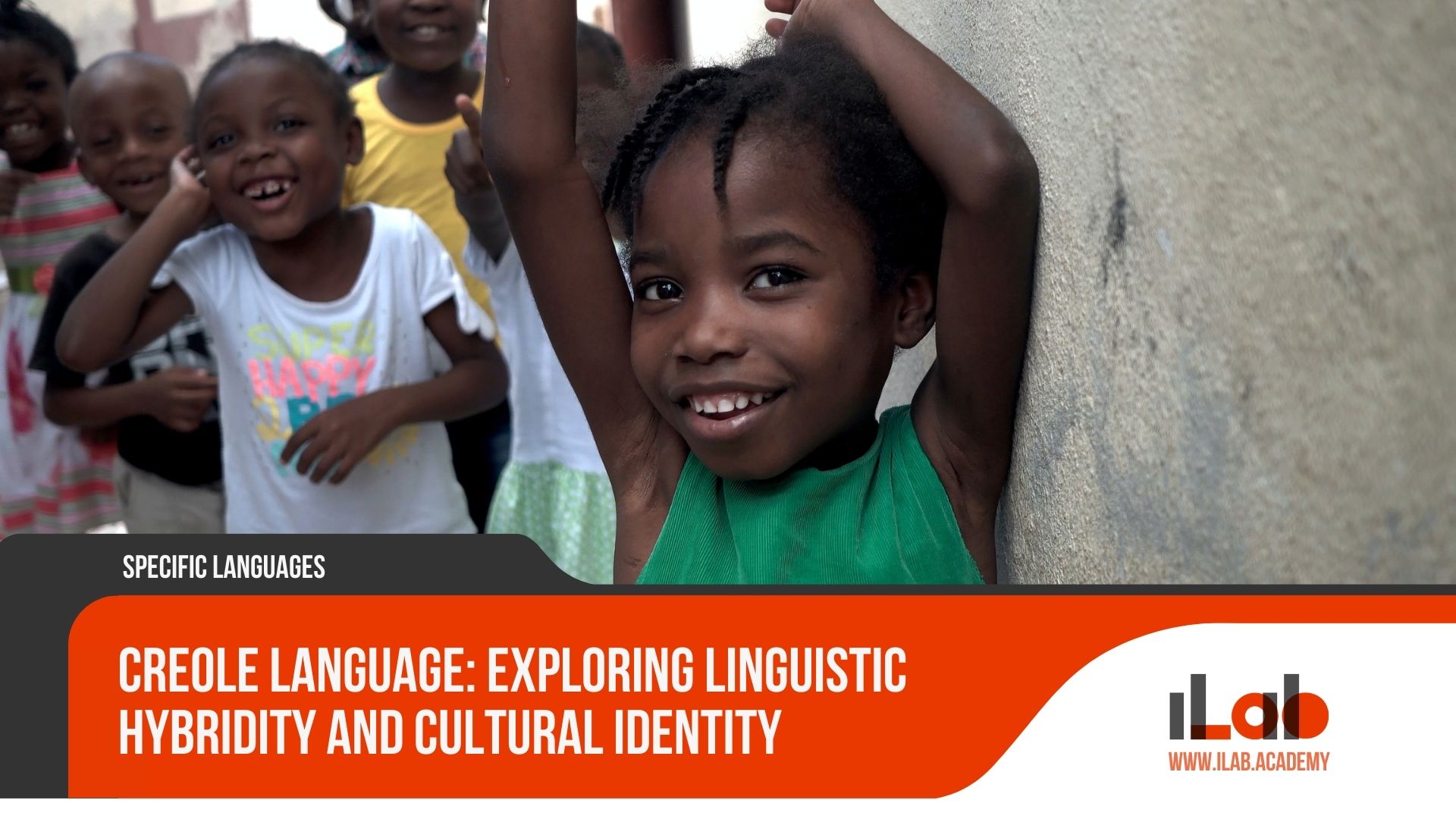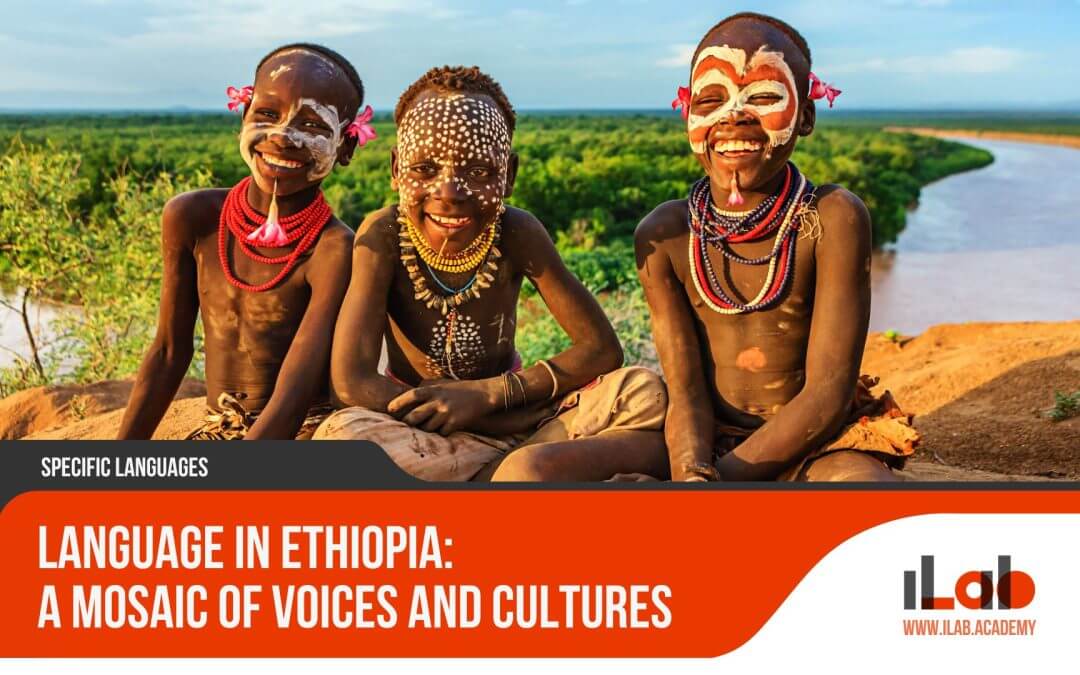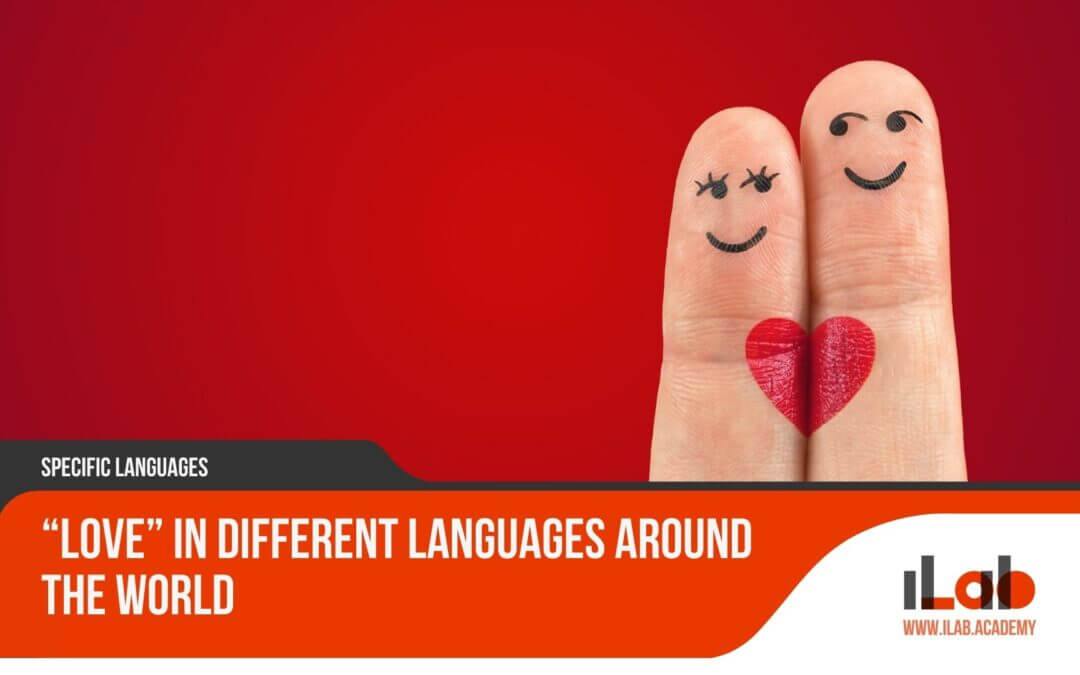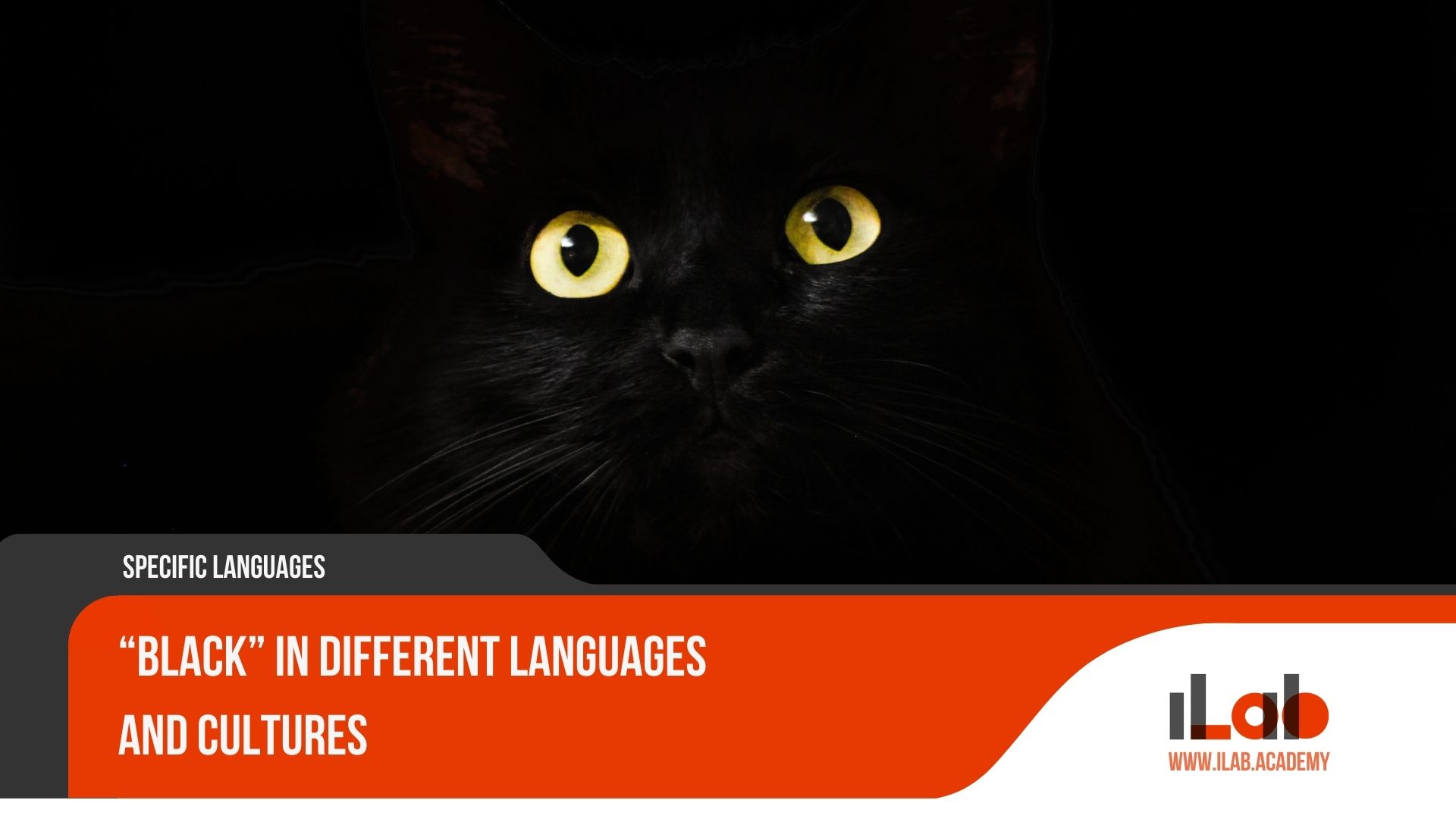Table of contents
In the intricate tapestry of human language, creole languages stand out as vibrant threads, weaving together the complexities of linguistic evolution and cultural amalgamation. These languages, born from the contact and subsequent fusion of distinct linguistic communities, challenge traditional notions of language development and offer unique insights into the processes by which languages can rapidly emerge and stabilize. As we examine the intricate structures and sociohistorical contexts of creole languages, it becomes evident that they encapsulate more than mere grammatical and lexical phenomena; they embody the resilience and adaptability of human communication in the face of dramatic social change. This exploration seeks not only to understand the linguistic intricacies of creole languages but also to appreciate their profound connection to the cultural identity of the communities that speak them. By navigating the intersection of language and identity, we may uncover broader implications for our comprehension of linguistic diversity and social cohesion in an increasingly interconnected world.
Key Takeaways
- Creole languages are distinct linguistic systems that emerge from contact between multiple languages within power-imbalanced societal contexts. They are different from pidgins and other language types.
- The formation of creole languages can be traced back to historical events such as colonialism, trade, and slavery. These languages have evolved in various periods and geographic regions, showing common patterns of development.
- Creole languages serve as symbols of identity for their speakers and reflect the cultural syncretism of their societies. They embody the resilience and ingenuity of marginalized communities.
- Creole languages have unique grammatical, phonological, and syntactic features, showcasing both simplification and innovation. These features are shared among various creole languages while also being structurally unique.
Defining Creole Language: A Linguistic Introduction
A creole language arises when the melting pot of linguistic interactions, often in a context of social and power imbalances, solidifies into a stable, natural language distinct from its parent languages. This linguistic phenomenon emerges in multilingual contact zones where speakers of diverse tongues must communicate, typically under conditions of colonization, slavery, or trade. As a makeshift form of communication, a pidgin language usually develops first—a simplified language that serves immediate functional needs. However, when a pidgin becomes the first language of a new generation, acquiring native speakers, it undergoes a process of nativization and elaboration, transforming into a creole.
Creole languages are characterized by their full-fledged grammatical systems, which are often innovative and distinct from those of the contributing languages. Despite the common misconception, creoles are not broken, corrupted, nor simplified versions of other languages; they are complete and complex languages in their own right. The process by which a creole forms involves both the simplification of elements from superstrate languages (those of the socially dominant groups) and the retention or transformation of substrate languages (those of the subordinate groups).
Understanding what constitutes a creole is critical for appreciating its role in the cultural fabric of its community. These languages often serve as a testament to the resilience and adaptability of human communication, reflecting the historical and social complexities of their formation. Acknowledging creoles as legitimate languages challenges the historical stigma associated with them and emphasizes the importance of linguistic diversity.
The Formation of Creole Languages: Historical Perspectives
While colonial expansion, trade, and the transatlantic slave trade were the crucibles of power imbalance and cultural exchange, they also set the stage for the emergence of creole languages across the world. Creole languages are the result of prolonged contact between communities speaking different languages, where a new, stable language develops and becomes the native language of a community. They often arose in colonial territories where economic and social activities demanded a common means of communication among speakers of diverse linguistic backgrounds.
Historically, creole languages have formed in various regions, each with its unique blend of contributing languages and cultural influences. These languages are not merely pidgins that have evolved; they are full-fledged languages with their own rules and norms. The process of creolization typically involved the simplification of elements from the contributing languages and the creation of new linguistic features.
The following table provides a glimpse into some notable creole languages and their places of origin:
| Creole Language | Place of Origin |
|---|---|
| Haitian Creole | Haiti |
| Papiamento | Aruba, Curaçao |
| Tok Pisin | Papua New Guinea |
| Cape Verdean Creole | Cape Verde |
Each of these languages reflects the historical circumstances of their formation, often a blend of European languages with African or indigenous languages, due to the dynamics of the slave trade and colonization.
Understanding the historical perspectives of creole languages offers insight into the complexities of linguistic evolution and the resilience of human communication. It demonstrates how languages can emerge and stabilize within a few generations, providing a powerful testament to the adaptability of language and the enduring nature of cultural identity.
Cultural Identity and Creole Speakers
Building on the historical development of creole languages, it is essential to examine how these linguistic forms have become deeply intertwined with the cultural identities of their speakers. Creole languages are more than mere means of communication; they are vibrant expressions of history, tradition, and community values. The creation and ongoing evolution of these languages reflect the adaptability and resilience of societies that have often formed under conditions of hardship and oppression.
For many creole-speaking communities, their language serves as a central pillar of cultural identity:
- Symbol of Unity and Resistance: Creole languages often emerged among populations that were historically marginalized. The act of speaking a creole can be a declaration of cultural solidarity, a resolute stand against the forces that once sought to silence these voices.
- Cultural Continuity and Innovation: These languages encapsulate the blending of various linguistic ancestries. They maintain elements from the original languages, while also innovating new expressions and meanings, thereby ensuring cultural continuity and adaptation.
- Medium of Cultural Expression: Through literature, music, and oral traditions, creole languages carry the stories, wisdom, and artistic expressions of their communities. They are vehicles for cultural transmission and are integral to the identity and continuity of creole-speaking societies.
The relationship between language and identity is especially pronounced in creole settings, where language has often become a badge of identity and a tool for social cohesion. Understanding how creole languages contribute to the self-conception and social organization of their speakers offers insight into the complex nature of cultural identity. These languages embody the ingenuity of communities that have turned a history of confluence and colonization into a unique and enduring heritage.
Linguistic Features of Creole Languages
Despite their diverse origins, creole languages exhibit distinctive linguistic features that set them apart and reveal a complex process of language formation and evolution. These languages, born out of contact between diverse linguistic communities, often display a unique blend of simplified structures from their parent languages alongside innovative elements that are not found in any of the contributing languages. The result is a rich tapestry that is both a testament to human adaptability and a cultural bridge.
The following table encapsulates some of the core features that many creole languages share, each illustrating the dynamic synthesis of linguistic influences:
| Feature | Description |
|---|---|
| Simplified Grammar | Reduced inflection and conjugation, making for less complex grammatical rules. |
| Mixed Vocabulary | A lexicon derived from multiple languages, often with one dominant source. |
| Innovative Syntax | New syntactic constructions that are not present in the parent languages. |
| Phonological Adaptation | Pronunciations adjusted to the phonetic preferences of the new language community. |
| Semantic Shifts | Words from source languages taking on new meanings or usages. |
These features not only facilitate communication among speakers with different linguistic backgrounds but also foster a sense of shared identity. The simplicity in grammar often makes creole languages accessible, while the rich vocabulary and inventive syntax reflect the creativity of the human spirit in adapting to new socio-linguistic landscapes.
Understanding the linguistic characteristics of creole languages is essential for appreciating their role in cultural expression and identity. As living languages, they continue to evolve and influence other languages, underscoring the interconnectedness of human societies.
The Sociolinguistic Dynamics of Creole
Creole languages, with their unique sociolinguistic landscapes, often encounter diverse attitudes and levels of acceptance within the societies in which they are spoken. These languages, born out of the confluence of different cultures and languages, occupy complex social positions. Their status can vary significantly, reflecting historical contexts and contemporary societal dynamics.
The sociolinguistic dynamics of Creole languages can be understood more deeply by considering:
- Language Prestige: Creole languages frequently face a hierarchy of prestige relative to the languages of colonial powers. They often lack the social status afforded to the official or standardized languages, which can lead to their marginalization in formal settings such as education, government, and media.
- Cultural Identity: Despite the challenges, Creole languages serve as a potent symbol of cultural identity. They are a source of pride and a marker of community belonging for their speakers, encapsulating the shared history and resilience of the communities that have shaped them.
- Discrimination and Revitalization: Creole speakers may encounter discrimination based on the perceived inferiority of their language. This prejudice can impact social mobility and access to opportunities. At the same time, there are movements aimed at revitalizing and promoting Creole languages, recognizing their intrinsic value and the cultural richness they represent.
Understanding the sociolinguistic dynamics of Creole languages requires a nuanced recognition of these factors. It is essential to acknowledge the historical injustices that have led to their diminished prestige while simultaneously advocating for their recognition and revitalization. This dual approach can help ensure that Creole languages continue to thrive as a vital part of their communities’ cultural fabric.
Creole Languages in the Educational System
The integration of creole languages into formal education systems presents both opportunities and challenges in preserving linguistic diversity and promoting cultural inclusivity. Historically, education systems in regions where creole languages are spoken have been dominated by colonial languages, which often hold higher prestige. This linguistic hierarchy can marginalize creole languages and, by extension, their speakers, leading to social and educational inequalities.
Including creole languages in the curriculum acknowledges their legitimacy and value, empowering speakers by validating their linguistic identity. It also aligns with educational equity, as students are more likely to excel when taught in their first language. However, the process is complex, requiring the development of standardized orthographies, teaching materials, and training educators who are proficient in the creole and adept at teaching it.
The presence of creole in the classroom can also facilitate a more inclusive environment for students who may struggle with the transition to the dominant language used in education. It bridges the gap between home and school, fostering a sense of belonging and engagement. This integration aids not only in language preservation but also in the cognitive development of students, who benefit from a bilingual or multilingual education.
Despite these benefits, resistance persists, often stemming from entrenched attitudes about the relative value of languages. Overcoming these biases is crucial to advancing the role of creole languages in education. Advocacy and policy change, backed by academic research demonstrating the positive outcomes of bilingual education, are essential in promoting the inclusion of creole languages within educational systems and ensuring that all students have the opportunity to succeed.
Creole Language Preservation and Revitalization Efforts
Building on the need for educational equity and acknowledgment of creole languages, there is a growing movement dedicated to their preservation and revitalization. As global awareness increases, so does the recognition of these languages as integral to cultural heritage and identity. This has prompted a range of responses, from grassroots activism to institutional support, aimed at ensuring that creole languages are not only remembered but continue to thrive.
Efforts to preserve and revitalize creole languages often center around three key strategies:
- Educational Integration: Creole languages are being incorporated into formal education systems, with curricula designed to teach literacy and foster appreciation within younger generations. This approach not only equips students with a vital part of their cultural toolkit but also helps standardize the language for broader communicative use.
- Community Programming: Local organizations are creating spaces for the use of creole languages in everyday life. Events, workshops, and media in creole languages enhance visibility and encourage daily usage, reinforcing the language’s relevance and adaptability to modern contexts.
- Legislative Advocacy: Advocates are working towards official recognition of creole languages, which can lead to increased funding for preservation programs and the establishment of language rights. This recognition is a crucial step in elevating the status of creole languages and securing their role in public life.
These concerted efforts reflect a deep understanding of the intrinsic value of creole languages. The goal is not merely to archive a linguistic phenomenon but to foster a living, evolving form of communication that continues to shape identities and communities. Through this multifaceted approach, the future of creole languages looks more secure, vibrant, and acknowledged than ever before.
The Global Dispersion of Creole Languages
As people from creole-speaking regions have migrated across the globe, their languages have taken root in diverse communities, creating a complex tapestry of linguistic presence far from their points of origin. The movement of individuals and the formation of diasporic communities have contributed to the spread of creole languages, transforming them into a global phenomenon. These languages provide not only a means of communication but also serve as a beacon of shared heritage and cultural identity for expatriates and their descendants.
The dispersion of creole languages is intricately linked with historical migrations, often those driven by socio-economic factors such as employment opportunities, political unrest, or the search for better living conditions. Creole-speaking populations, hailing from regions like the Caribbean, West Africa, and parts of the Indian Ocean, have established enclaves in countries like the United States, Canada, the United Kingdom, and France, among others.
In these new settings, creole languages intersect with the dominant languages, shaping unique linguistic landscapes. The cultural interconnectivity facilitated by creoles extends beyond mere communication; it fosters a sense of community and belonging among migrants. This global dispersion also poses challenges for language maintenance, as creole speakers must navigate and negotiate their linguistic identity within the context of their adopted countries’ prevailing languages and cultures.
Understanding the global dispersion of creole languages is crucial as it underscores the dynamic nature of linguistic evolution and the resilience of cultural identities. It reminds us that languages are living entities, constantly adapting to the shifting sands of human geography and social change.
Creole Languages and Modern Communication Technologies
Modern communication technologies have ushered in new opportunities for the promotion and preservation of creole languages, expanding their reach and accessibility. Utilization of digital platforms and social media has been particularly transformative, enabling speakers of creole languages to connect, share, and educate across geographical boundaries. This has had a significant impact on not only the day-to-day use of these languages but also on their status within local and global contexts.
To convey a deeper understanding of how modern communication technologies are influencing creole languages, consider the following:
- Digital Media Platforms: Social networks like Facebook, Twitter, and Instagram have become spaces where creole language speakers can express themselves and celebrate their linguistic heritage. For example, video content on YouTube and TikTok often features creole music, storytelling, and cultural events, thus increasing visibility and fostering a sense of pride among communities.
- Online Learning Resources: There has been a rise in websites, apps, and online courses dedicated to learning and teaching creole languages. This not only aids in language acquisition for the diaspora and interested learners but also supports language revitalization and documentation efforts.
- Linguistic Research and Collaboration: The internet has facilitated collaboration among linguists, educators, and language advocates. Online repositories and forums allow for the sharing of research, resources, and best practices, which are crucial for the development of creole language teaching materials and preservation strategies.
Frequently Asked Questions
How Do Creole Languages Influence the Development of Contemporary Music and Literature Within Their Cultures?
Creole languages significantly shape contemporary music and literature by infusing them with unique linguistic features and cultural narratives. This influence reflects and reinforces cultural identity, allowing artists to express nuanced perspectives rooted in their heritage. As a result, creole languages not only serve as vehicles for artistic creation but also as potent symbols of community resilience and diversity, enhancing the cultural richness of the creative works they permeate.
What Role Do Creole Languages Play in the Political Landscape and Activism Among Their Speaking Communities?
Creole languages significantly influence political landscapes and activism. They serve as powerful symbols of cultural identity and resilience against historical oppression. In political spheres, these languages can unify speakers in advocating for social justice and policy change. Moreover, creole languages often play a strategic role in mobilizing communities and expressing solidarity during political movements, as they carry the emotional and cultural weight that resonates deeply with their speakers.
In What Ways Do Creole Languages Affect Interpersonal Relationships and Communication Dynamics Among Multilingual Speakers?
Creole languages influence interpersonal communication among multilingual speakers by providing a shared linguistic platform that bridges diverse backgrounds. They facilitate social interaction and reinforce communal bonds, reflecting a collective cultural heritage. In multilingual societies, creole languages often serve as the lingua franca, enabling individuals with different mother tongues to communicate effectively, thus playing a pivotal role in maintaining social cohesion and cultural continuity.
How Do Creole Languages Interact With and Influence the Development of Digital Language Resources, Such as Online Dictionaries and Translation Services?
Creole languages impact digital language resources by necessitating the development of tailored tools that accommodate their unique linguistic structures. Online dictionaries and translation services must adapt to effectively represent creole vocabularies and syntax, which often diverge from standard languages. This adaptation enhances accessibility for creole speakers and acknowledges their languages’ legitimacy, thus supporting broader linguistic inclusion and digital communication within creole-speaking communities.
What Are the Ethical Considerations in Academic and Commercial Research Involving Creole Languages and Their Communities?
In academic and commercial research on creole languages, ethical considerations focus on respecting community rights and cultural heritage. Ensuring informed consent, data privacy, and equitable benefit sharing are paramount. Researchers must avoid exploiting linguistic resources, recognize community contributions, and facilitate local empowerment. It’s essential to approach such studies with sensitivity to the historical contexts of creole languages and their role in cultural identity.
Conclusion
In conclusion, creole languages embody a rich tapestry of linguistic innovation and cultural amalgamation, rooted in their diverse historical origins. Their unique linguistic features and the role they play in shaping cultural identity highlight the complexities of language evolution. Despite facing sociolinguistic challenges, efforts towards education, preservation, and revitalization are testament to their resilience. As creoles adapt within the digital era, their global dispersion and dynamism ensure their continued relevance in an interconnected world.














